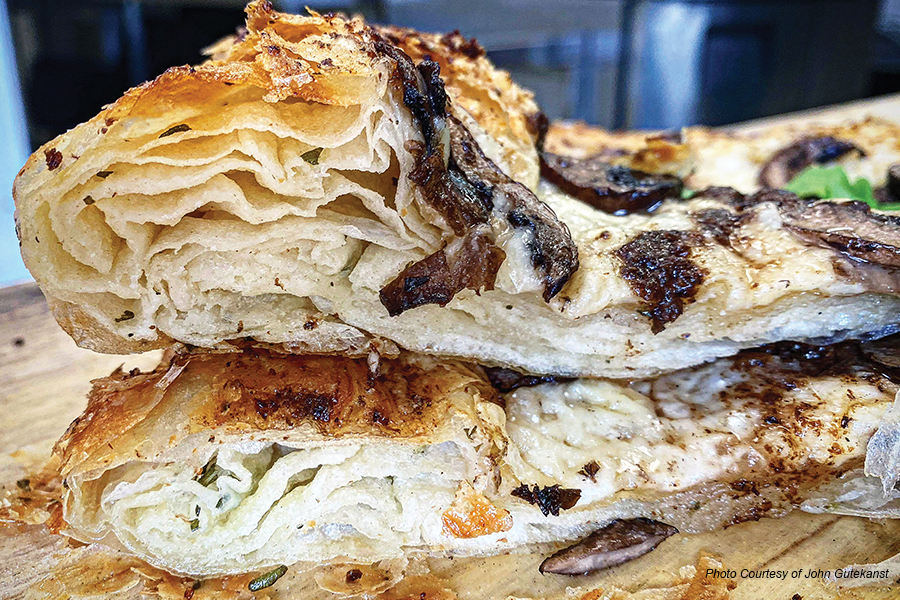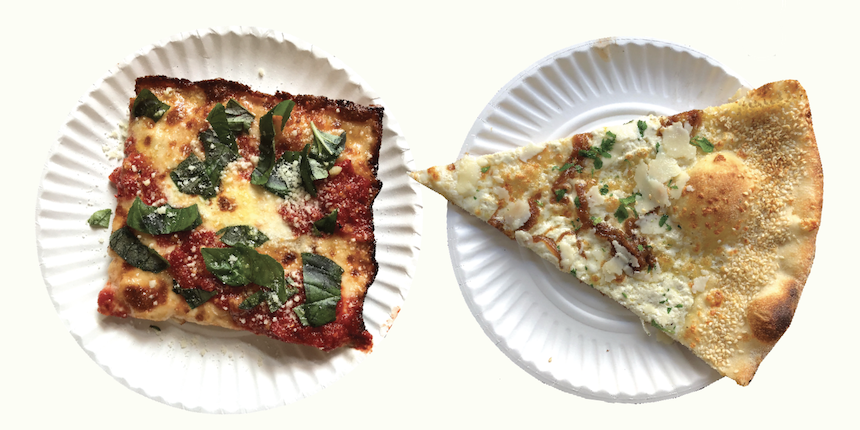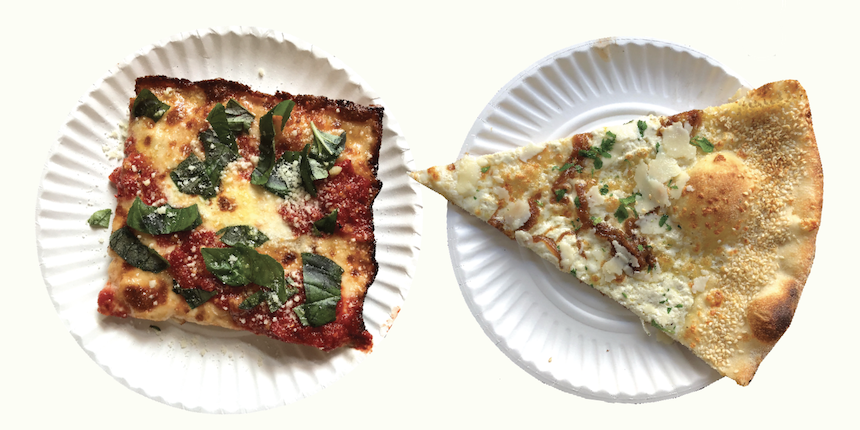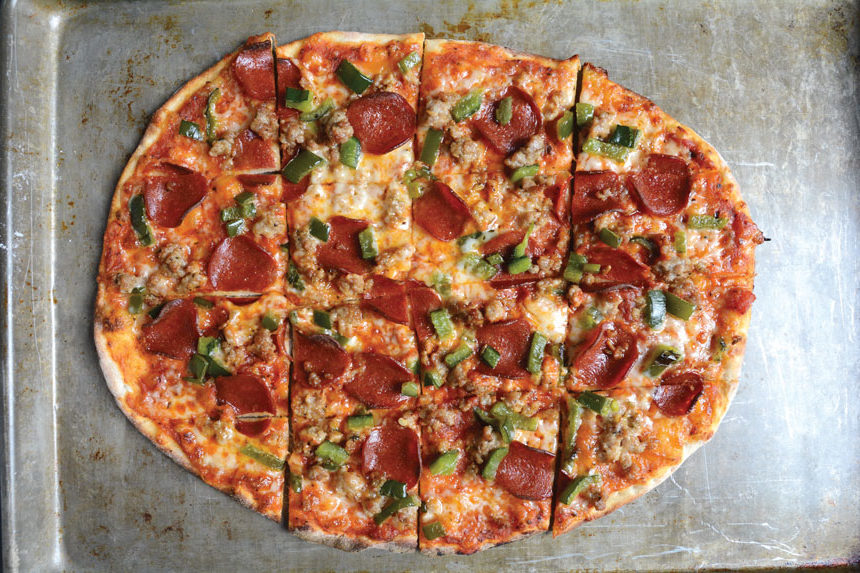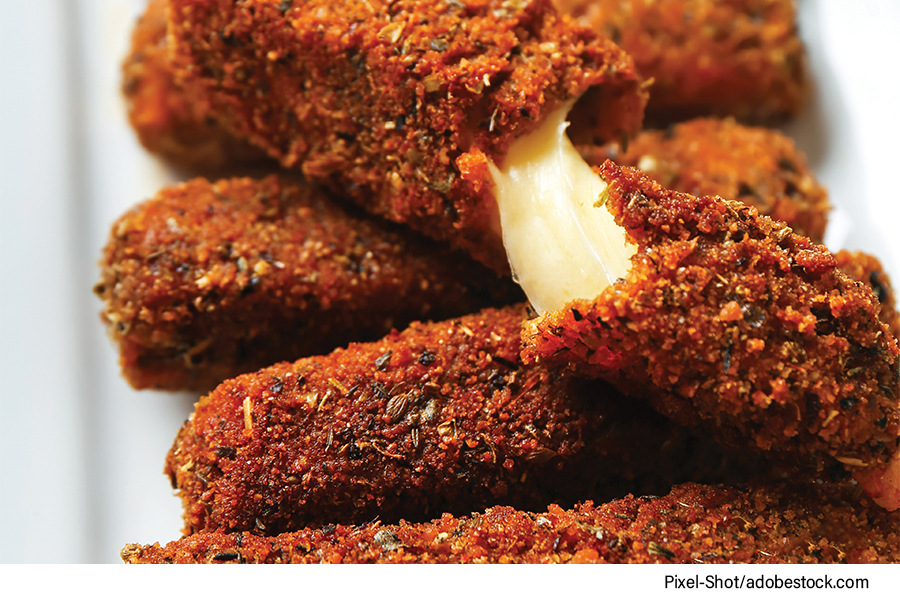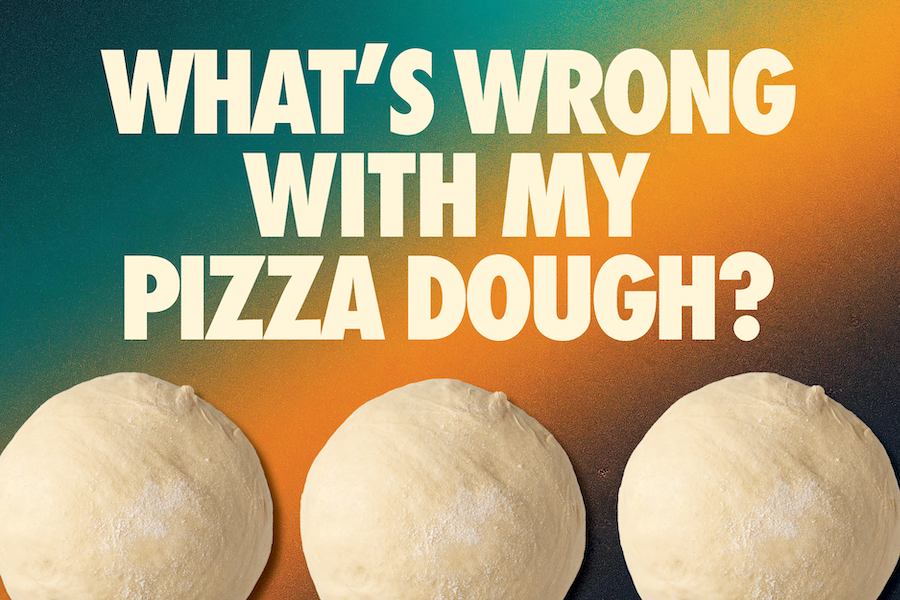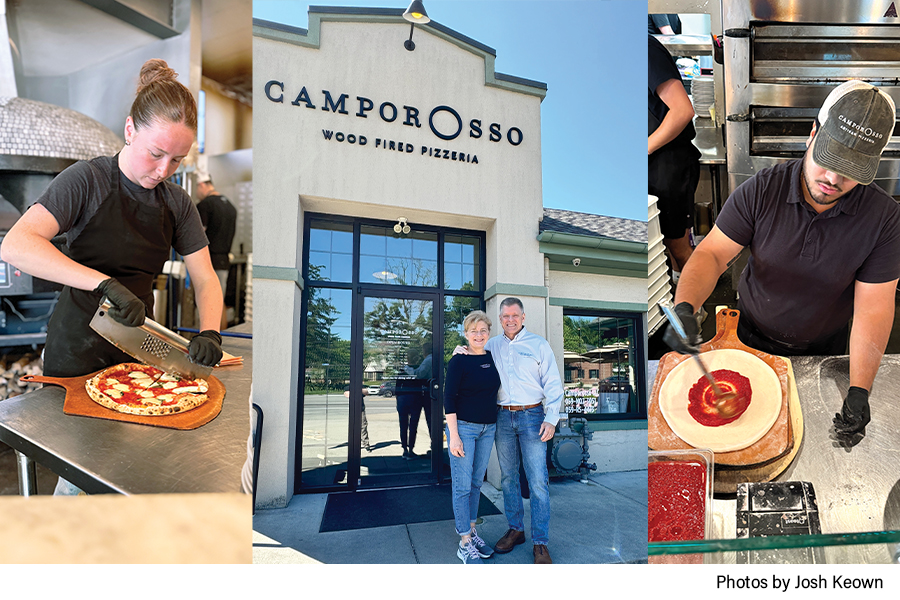Butter Crust: When Pizza and Butter go hand in hand, there’s no margarine for error.
Many pizza makers are turning to different ways to enhance their customers’ pizza experience by using fats into and on top of their pizza crusts. Butter is one of the supreme ways to develop and boost the taste of any dough by adding a fatty crunch with a hint of rich sweetness.
Throughout the baking development of mankind, many cultures and civilizations have created and continue to rely upon age-old recipes to use butter in their breads. Almost all these techniques can be used in pizza dough but first let’s take a deep dive into the classifications of dough.
On a roll
Doughs are classified based on:
- Hydration,
- The way the dough is leavened with commercial yeast or natural bacteria,
- The way they are made using direct or indirect methods,
- The weight of the dough,
- The richness of the dough.
Enriched doughs are made with fats that are used to tenderize and add sweetness. Eggs, animal fats such as lard, sugar and dairy added at a 20-percent fat-to-flour ratio create pastry, biscuit, croissant and puff pastry … although some pizzas like the traditional Chicago style pizza have 6-8 percent butter added, and other thin crusts have been developed with three percent butter (creating a well-heeled crispness with loads of flavor).
The World is a Butter Place
Butter is known in baking circles as “fat” introduced into or on pizza or breads. Here are some doughs around the world that use butter as a game-changer.
Nan-e gisu or Armenian Sweet Bread and Persian Nan-e shirmal, or Persian sweet saffron bread, both with butter, whole milk and baking soda with sugar and honey is like a brioche and braided for attention.
Persian Nan-e barbari and Nan-e lavash. Barbari is made early in the mornings and is a favorite breakfast flatbread made with oil or butter as well as sugar and salt. Lavash is fatted with unsalted butter and milk and is stretched to bake on a Saj, which looks like an upturned wok.
Spanish Coca is very popular and is a yeasted dough put in a pan coated with butter and Pastel de Carne is a butter crusted meat pie resembling puff pastry.
Moroccan Moufleta which is thin crepe-like dough mixed with butter and the dough balls are rested in oil then stretched paper thin to be cooked in a hot pan.
Yemeni Jachnun is a butter and folded bread which is baked in a pan for 12 hours. It is a hearty bread that is caramelized on the bottom and fluffy in the middle paired with spicy z’hug and tomato.
Israeli Malawach comes from the Yemenite influence in Israel. Like the croissant, it is folded thin with layers of butter creating a very flaky and delicious flatbread. (I’ve developed a great pizza with this technique below.)
Spread the Word about Butter Crust
Butter can be used in all the broad categories of doughs described as stiff, standard and rustic.
Stiff doughs with hydration of 50 to 57 percent. This may be dough for pretzels, bagels and thin crust pizzas. Butter works best with these stiff doughs as a laminate or folded in between stiff dough that is pressed out very thinly. If mixed with thin crust, it pays to keep the percentage of butter used below four percent because the oils will bleed during higher heat baking. (Fixes for this can be use of parchment- see recipe below.)
Standard doughs that are hydrated from 57 to 65 percent are exemplified in European style breads, sandwich doughs and even Neapolitan-style pizza dough. Butter can be slathered on the cornicione, or crust, before, during and after baking and be used as a laminate for a croissant-like dough baked at lower temperatures at or below 450 F.
Rustic doughs are above 65 percent hydration like Pizza in Teglia, Pizza Romana, ciabatta and an array of different pan pizzas and focaccia. Butter can be introduced with these high hydration doughs in the pans, like the Spanish Coca, especially if you use clarified butter to eliminate any steam creating soggy dough in between the pan and crust. I’ve used clarified and flavored butters on crusts at the last five minutes of baking to get a crisp and buttery flavor punch creating an elevated flavored crust.
Compound Interest
Below are some great herbs and flavors that integrate perfectly in butter. In many French restaurants I’ve worked in, these are called compound butters which can easily be mixed with semi-melted butter then rolled up and set in the freezer for later use.
Dried herbs such as thyme, sage, chervil, oregano and rosemary can be paired with spices like chili flakes or cayenne. I’ve found that limiting the flavor profiles to two items eliminates confusing tastes especially when it competes with pizza topping flavors.
Fresh herbs offer a more nuanced flavor to butter but fresh rosemary, sage and basil all stand out on pizza crust. Basil may need to be shocked in hot water followed by an ice bath to set the green chlorophyl for a better look.
Other compound butters become elevated with finely grated citrus rind, sun-dried tomato, smoked garlic, cilantro-lime, honey, chipotle, orange zest, ancho chilies, sumac and thyme, dried dashi, and the traditional parsley and lemon juice and even dried porcini.
A Butter Crust Recipe
Rosemary “Butter Cloud” Pizza with Cremini and Porcini Butter
This pizza is a bombshell. It incorporates butter and rosemary into a laminated dough and an intense mushroom flavored finish after the bake. It is made in the fashion of Yemeni Mulawah which has close procedural ties to the Israeli Malawach described above. This pizza is light like a croissant. The key for a great bake here is patience- the lower temperature of 450F enables the butter to expand the crust into an airy cornicione first before the second stage of cheese and pizza toppings is put on it.
Get the Rosemary “Butter Cloud” Pizza with Cremini and Porcini Butter recipe.
John Gutekanst owns Avalanche Pizza in Athens, Ohio.
